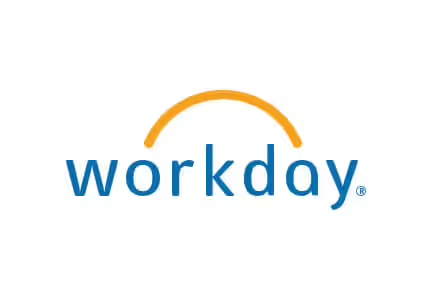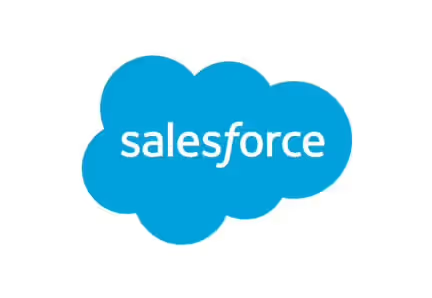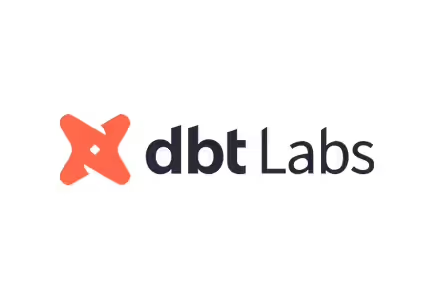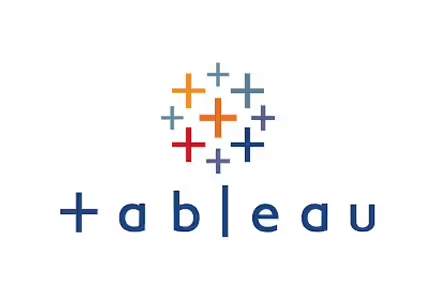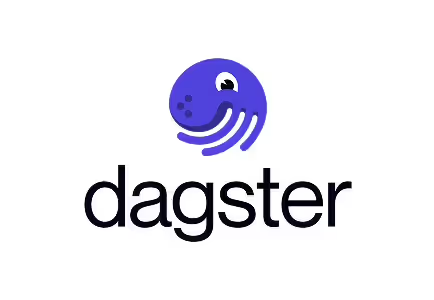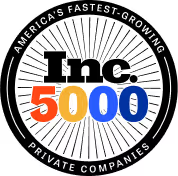SAP data readiness and transformation

Migrating Data for a Century-Old Furniture Manufacturer
After decades of customizations to their ERP system to support changing business models and incorporate major acquisitions, the client was ready to get back to basics and ’run simple’. When they started their transformation, they quickly realized the custom solutions they had spent 30 years building and adapting did not easily translate to a modern day ERP.
Definian’s initial two-day data assessment quickly identified and quantified the challenges ahead. Thousands of Customer and Vendors were duplicated across various business units. Data was split across multiple systems and was often inconsistent or invalid. None of it was in the right format for SAP. Leveraging facts discovered during the assessment, a plan was developed to address the complex data issues and take data migration off the critical path.
“I was absolutely blown away... Outstanding demonstration of velocity and completeness!”
– IT Director
Client Challenges
There were many obstacles standing in the way of a successful data migration. One hundred years of business growth and inconsistent data governance had to be unraveled and streamlined.
- Separate legacy sold-to, ship-to, invoicing, ordering, and supplier addresses needed to be harmonized, consolidated, cleansed and re-structured to fit the SAP Business Partner and Partner Function structure.
- Customer and Vendor information needed to be combined and reconciled across multiple legacy systems. Discrepancies between systems needed to be identified and resolved.
- Thousands of Customers and Vendors needed to be harmonized between business units, with unexpected variances highlighted and resolved.
- Duplicated Customer and Vendors needed to be identified, combined and restructured to simplify and streamline the data prior to loading the data to SAP.
- All harmonization and restructuring activities needed to be highly automated while still allowing the business to drive key decisions.
- Harmonization decisions needed to flow through downstream conversions and allow traceability back to the separate legacy Customers and Vendors.
- USPS address standardization needed to be applied to surviving Customer and Vendor street addresses.
- Contact information, which was broken across multiple legacy systems, needed to be tied together and data integrity issues addressed. Contact information and site usage (ship-to, sold-to, remit-to, etc.) had to be intelligently merged across duplicate addresses.
The Applaud® Advantage
Three key components of Definian Applaud solution helped the client navigate their data migration:
- Definian’s data migration consultants: Definian’s services group averages more than six years of experience working with Applaud, exclusively on data migration projects.
- Definian’s methodology: Definian’s EPACTL approach to data migration projects is different than traditional ETL approaches and helps ensure the project stays on track. This methodology decreases overall implementation time and reduces the risk of the migration.
- Definian’s data migration software, Applaud®: Applaud was built from the ground up to address the challenges that occur on data migration projects, allowing the team to accomplish all data needs using one integrated product.
The Applaud® Solution
Definian's team leveraged the Applaud® software to build a sophisticated reporting process to identify duplicate candidates for client review. After being reviewed by the client, this same document was fed back into the conversion process to drive the de-duplication process.
Definian’s solution identified and corrected for a 20% Customer Address redundancy rate and a 70% Vendor Address redundancy rate. Contact information, shipping instructions, and credit notes were successfully merged underneath the surviving Business Partner as part of the migration to SAP.
As part of consolidation, survivorship rules were applied to the relationships between legacy addresses, ensuring each Business Partner created for SAP inherited the Function Assignments from the non-surviving legacy addresses. For instance, when a legacy ordering address survived over an invoicing address, the single Business Partner migrated to SAP was assigned both invoicing and ordering roles.
Definian successfully trimmed a complex web of Customer and Vendor relationships across multiple systems into a cleaner, simpler Business Partner and Function Assignment structure. The conversion process identified a 14% redundancy rate within legacy Ship-To assignments and an additional 18% redundancy rate across vendor invoicing addresses. This meant that the function assignments converted into SAP were cleaner, fewer, and simpler than originally thought, reducing risk from the load.
Since the Applaud® tool uses EPACTL best practices (Extract, Profile, Analyze, Cleanse, Transform, and Load), it was possible to reconcile this dramatic transformation back to the legacy systems.
Definian reported how every legacy address function tied to a converted SAP partner function, illustrating how survivorship was applied and showing where data was merged. This reconciliation identified a small amount of legacy data exceptions which did not follow standard conventions. This exercise helped the client to tighten their conversion requirements and ultimately automate virtually all their partner data conversions – while still allowing the business to drive those key decisions.
The Bottom Line
As part of their SAP S/4HANA implementation, the client achieved their goals:
- Optimized the Customer and Vendor management experience
- Improved customer relations
- Streamlined the shipping process
- Capitalized on material ordering and pricing by better understanding their spend
These goals all hinged on getting to a single source of truth, removing redundancy within the data, and trusting that nothing was lost during the migration to SAP. Definian and Applaud helped the organization understand the reality of their current data landscape and make informed decisions around how best to achieve these goals, with the business involved every step of the way. By having the foresight to invest in the data as part of the process, the client was able to quickly start capitalizing on their implementation.
Legacy Systems
- Infor XA, Homegrown ERP
Target System
- SAP S/4HANA
Key Challenges
- Business Partner Structuring
- Business Function Harmonization
- Address Standardization
Key Results

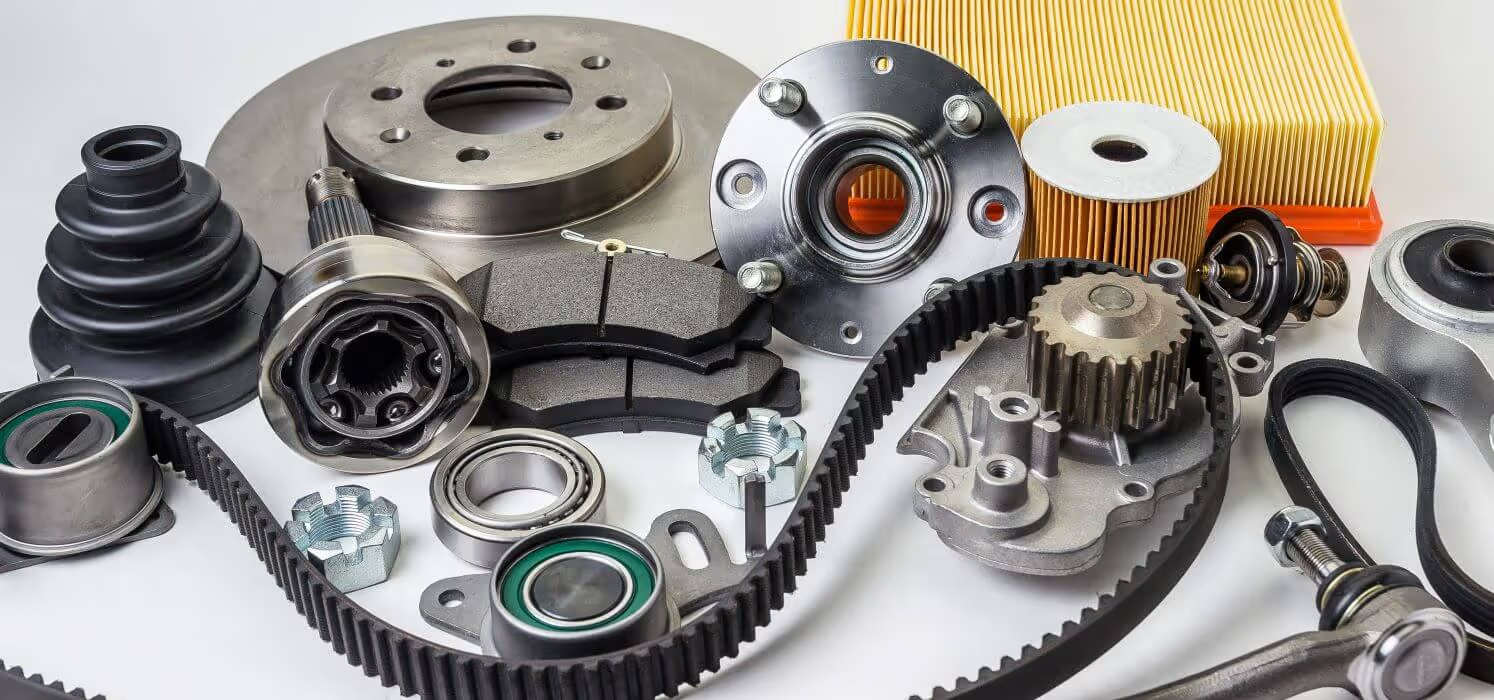
Celebrating a Successful SAP Go-Live
ITHACA, NY: Definian is proud to announce the successful SAP Go-Live for a $8.3B auto parts manufacturer. Definian’s custom migration services filled gaps in the organization’s Data Migration process to ensure that the cleanest and most accurate data set was migrated at go live. The use of robust comparison reports, custom address cleansing, and customizable pre-validation reports allowed the organization to Go Live knowing their data was ready to support their business process.
This achievement is memorable due to the multitude of ways the Applaud® file comparison report was utilized, allowing the organization to quickly understand gaps and create impromptu delta load files at a moment’s notice. The ability of the comparison report to quickly be run for any set of files allowed the organization to report against legacy data to identify changes between mock runs, compare legacy data to load data to isolate unauthorized transformations, and compare load data to existing SAP data to preemptively address conflicts. Comparisons were regularly run for more than 75 data files across 13 conversion areas.
With this achievement, Definian looks forward to continuing our mission of removing data from the critical path for the program’s next phases.

SAP to JDE Conversion for $1.5B Consumer Packaged Goods Manufacturer
Project Summary
After years of expanding and diversifying their portfolio of products and services, one of North America’s largest manufacturers of consumer packaged goods initiated a plan to convert its various acquisitions into a single instance of JDE EnterpriseOne (E1).
Project leadership established an aggressive plan to go live with JDE E1 one year from the project start date. But after 5 months of struggling with data conversion processes developed by their internal IT department, there were serious doubts about go-live readiness. Faced with hundreds of open data issues and no systematic way to solve them, the Systems Integrator (SI) partner called in Definian International to rescue the project.
This case study represents the conversion of manufacturing data from SAP ECC 6.0 to JDE E1 for all North American sites.
Requirements
The overall data migration requirements for the initial phase of the Global Manufacturing Acquisition project included:
- The SAP and supplemental data needed to be extracted, consolidated, harmonized, cleansed, and transformed before it could be loaded into a single instance of JDE E1.
- Major data cleanup and complicated selection criteria was being performed manually by the client. Spreadsheets associated with these efforts needed to be incorporated into the automated conversion process.
- To guarantee that in-scope data was correctly divested from the parent SAP system, selection criteria needed to be validated against the results of queries provided by internal auditors. After the migration, the legacy data had to be fully reconciled against what was loaded into JDE E1.
- Reports needed to be built to assist the business in identifying and applying changes to both SAP and JDE E1 during an extended dual maintenance window.
“Thanks so much for the efforts and the sacrifice. You guys rock.”
– CFO and EVP
Challenges
There were many challenges to making the Data Migration successful. Some of the largest challenges faced and overcome were:
- SAP source data structures were vastly different from the target JDE E1 data structures. Numerous supplemental cross-references and supporting data extracts were needed.
- Since one of the recent acquisitions was not yet off their former parent company’s system, the conversions needed to execute complex selection logic and had to be built and tested without direct access to the legacy system.
- The data conversion had been previously attempted through the use of SQL scripts, so these scripts became the basis of the selection criteria and requirements for the Applaud-based conversion routines.
- Project leadership had little confidence in the existing conversion solution. The internal team’s initial attempt for conversion development relied on SQL scripts, included almost no error reporting, and proved to be unsustainable as requirements evolved and changes were needed.
- The client organization intentionally shielded their end users from conversion requirement gathering and test cycles. This caused numerous gaps between the conversion results and the users’ expectations.
- The conversion schedule was extremely tight. Test runs were scheduled every two weeks, which did not allow for thorough and complete testing, nor for the testers to request changes based on analyzed test results.
- Numerous last-minute requirements forced changes to be made to transactional conversions during the final week before go-live, leaving virtually no time for business users to validate changes.
Applaud® for Data Migration
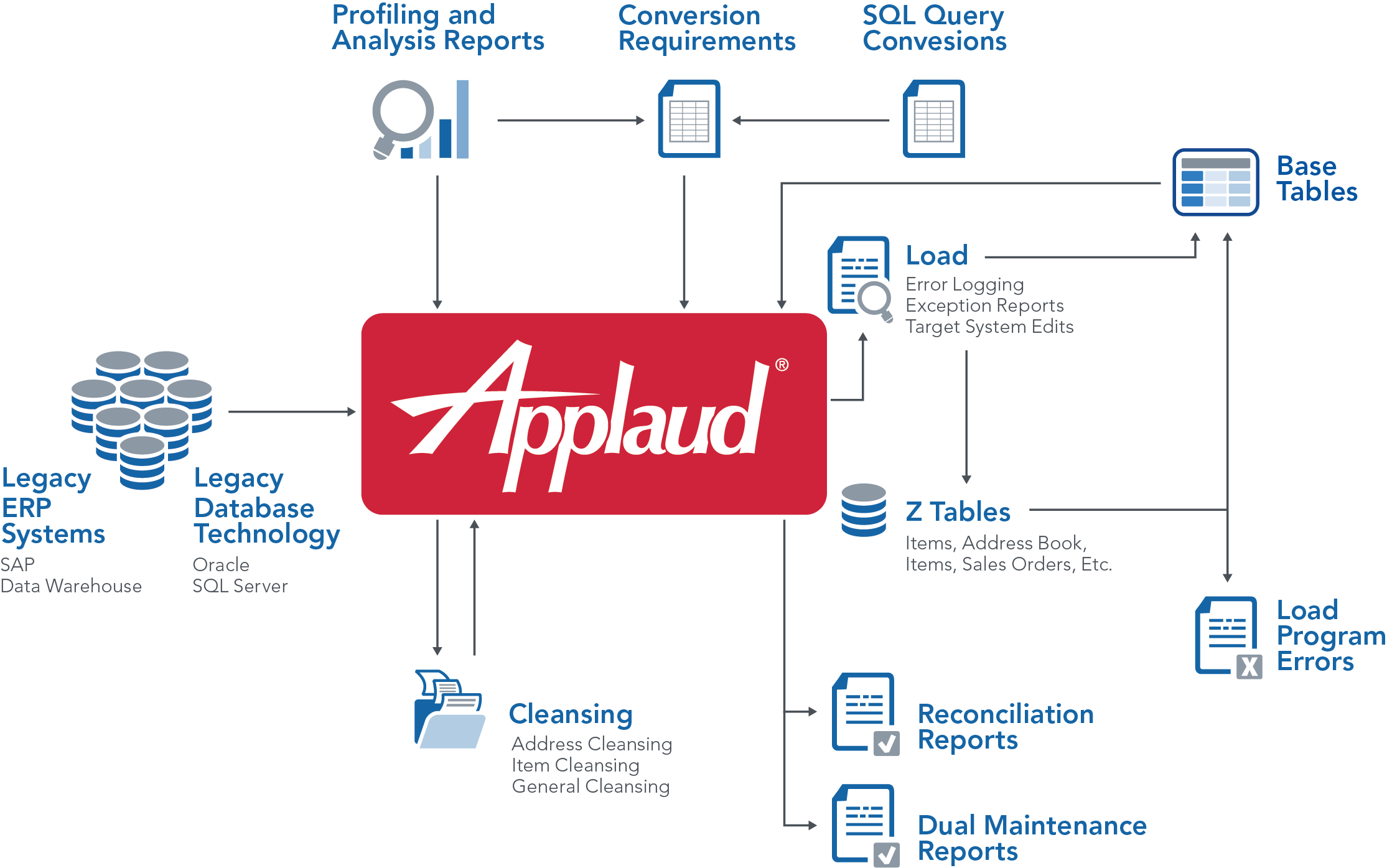
Key Activities
- The team began by using Applaud’s integrated analytics and reporting tools to perform a deep analysis on the legacy data and proactively identify legacy data issues.
- Data ran through Applaud standardization, consolidation, correction, and enrichment processes both before and as problem areas were identified, improving the overall quality of the data prior to go-live.
- Instead of basic “lift and shift” SQL queries, 51 fully integrated transformation and migration processes were created and executed within Applaud.
- The project timeline was maintained as additional requirement changes were identified and incorporated using Applaud’s rapid development capabilities.
- The team replicated in-scope portions of the data landscape in a centralized data repository. Combining previously disparate data sources made data harmonization and validation efforts more efficient.
- Robust and thorough error reporting was handled via the built-in cleansing tools; this allowed the team to proactively identify and rectify failures before loading data to the target JDE E1 tables.
- Developed extensive financial validation reports, and reconciled business SQL queries to the converted data out of Applaud.
- The error and validation reports served as platforms for comparing the target JDE E1 production data with the source SAP production data, which became especially helpful during the dual maintenance activities.
- Definian’s RapidTrak methodology was used to manage the various conversion interdependencies, decreasing the overall data migration effort and reducing project risk.
The Bottom Line
The Results


Applaud’s integrated platform immediately provided insights into the data landscape, drove creation of reports and KPI’s, enabled rapid development of complex conversion programs, and ultimately made it possible to load, validate, and reconcile data for 51 different conversions.
Even though Definian consultants entered the project mid-flight, they were able to pick up complex yet untested SQL conversion where internal resources left off, without sacrificing progress already made. This allowed for a more holistic data migration approach that included legacy data cleansing and post conversion reconciliation.
By taking over conversion responsibility, Definian enabled a previously overwhelmed internal team to focus on deliverables that will have lasting impact, like reporting, integrations, and training. 7 months after Premier began work, the entire team celebrated a successful JDE EnterpriseOne go-live for all North American sites, on time and on budget.
The Applaud® Advantage

To help overcome the expected data migration challenges,the organization engaged Definian International’s Applaud® data migration services to eliminate the risk from their data migration and ensure the overall success of their consolidation project.
Three key components of Definian International’s Applaud solution helped the client navigate their data migration:
- Definian’s data migration consultants: Definian’s services group averages more than six years of experience working with Applaud, exclusively on data migration projects.
- Definian’s methodology: Definian’s EPACTL approach to data migration projects is different than traditional ETL approaches and helps ensure the project stays on track. This methodology decreases overall implementation time and reduces the risk of the migration.
- Definian’s data migration software, Applaud: Applaud has been optimized to address the challenges that occur on data migration projects, allowing the team to accomplish all data needs using one integrated product.
All three aspects of the solution were critical factors in meeting the tight time frames required to rescue this project.

